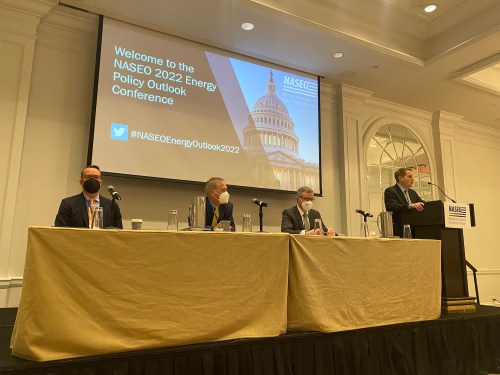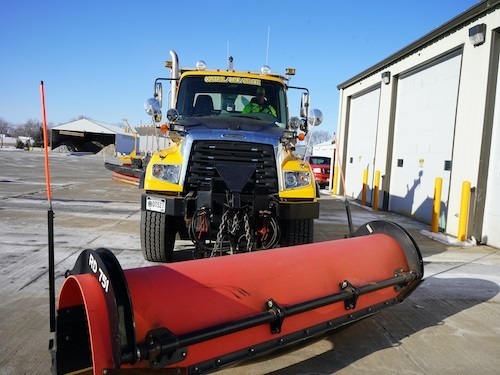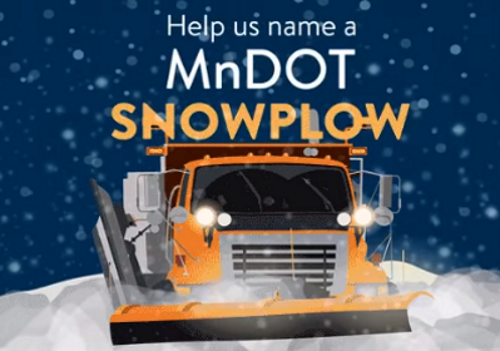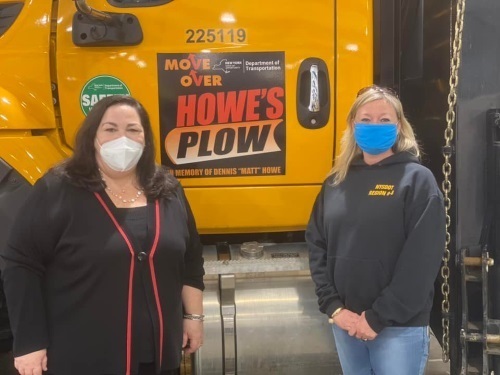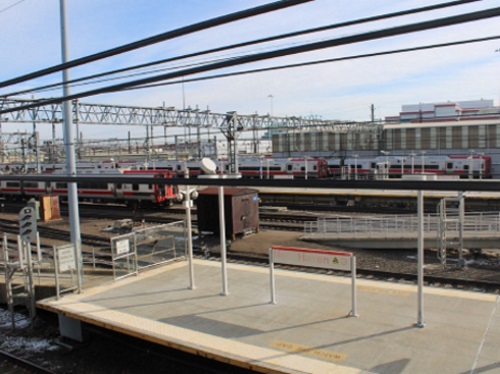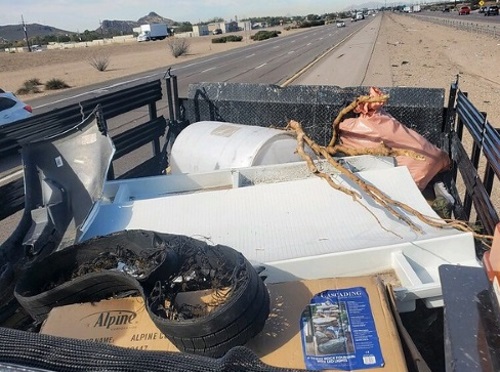FEDERAL ACTION
USDOT, DOE Launch EV Formula Program – AASHTO Journal
How Billions in Infrastructure Funding Could Worsen Global Warming – New York Times
Secretary Buttigieg talks road safety, self-driving cars, EVs, and unruly airline passengers – Yahoo Finance Live
USDOT can do more to ensure climate resilience, GAO reports – Government Matters
Congress must find common ground on climate – The Hill (Opinion)
COVID-19
Traffic Remains Below Pre-Covid Levels as Work Habits Change – Bloomberg
INFRASTRUCTURE RESILIENCE AND SUSTAINABILITY
Challenges to Electrifying City Fleets – Planetizen
4 federal agencies join Rockford airport asking for dismissal of lawsuit seeking to protect Bell Bowl Prairie – Chicago Tribune
Electric vehicles pose challenges for Montana highway plans – Longview News-Journal
Michigan Moves Ahead With Electric Vehicle Charging Road Project – Route Fifty
Demonstration shows how Washington State’s transportation system can go electric – KIRO-TV
An Infrastructure Bill with a Sustainable Twist – Innovation & Tech Today (Commentary)
CTDOT Releases Updated Five-Year Capital Plan with Renewed Sustainability Commitment – Conecticut DOT (Media release)
AIR QUALITY
Caltrans Helps SBCAG Deploy Zero Emission Bus – AASHTO Journal
Air Board Agrees to Hold Clean Cars Rulemaking Hearing – City of Albuquerque
Are Trains or Buses Better for the Environment? – Governing
New Study Links Traffic Pollution to Pediatric Asthma – Discover
ENVIRONMENTAL JUSTICE
Biden administration seeks equity in guidance for electric vehicle charging network – The Hill
Supervisors Adopt Road Map for Environmental Justice Office to Protect Vulnerable Communities – Times of San Diego
NATURAL RESOURCES
AASHTO Comments on Proposed WOTUS Revisions – AASHTO Journal
How Mapping Beaver Wetlands Can Chart a Path to a Better Water Future – Walton Family Foundation
An unexpected item is blocking cities’ climate change prep: obsolete rainfall records – NPR
FAA Raises Concerns After Sunnyvale Uses Lasers To Keep Crows Out Of Downtown – KPIX-TV
What causes a city to issue a boil water notice? – KXAN-TV
Rhode Island’s CRMC needs fundamental change – Providence Journal (Opinion)
CULTURAL RESOURCES
New York City’s Plan for a Queens Greenway Moves Forward, Connects Parks for Bicyclists and Pedestrians – Flushing Post
HEALTH AND HUMAN ENVIRONMENT/ACTIVE TRANSPORTATION
Burgeoning bike cities emerge across America – Axios
With Bike Buses, Kid Cyclists Dominate the Road – CityLab
Stop, look, go: Project in Jacksonville, NC created to keep pedestrians safety – WNCT-TV
FDOT to update A1A in Brevard County to improve pedestrian safety – WOFL-TV
How Micromobility Impacts Cities…And You – Metro (Blog)
ConnectSmart: Making Houston More Connected and Less Congested – Texas Department of Transportation (Media release)
TRB RESOURCES/ANNOUNCEMENTS
FEDERAL REGISTER NOTICES
Enhancing Highway Workforce Development Opportunities Contracting Initiative – FHWA (Notice)
Land Uses; Special Uses; Procedures for Operating Plans and Agreements for Powerline Facility Maintenance and Vegetation Management Within and Abutting the Linear Right-of-Way for a Powerline Facility – Forest Service (Final rule; technical amendment)
Coastal Nonpoint Pollution Control Program: Proposal To Find That Texas Has Satisfied Conditions on Earlier Approval – NOAA and EPA (Notice of proposed finding; request for comments)
National Advisory Council – FEMA (Solicitation; request for applicants for appointment to the National Advisory Council; correction)
Virginia Resource Advisory Committee; Meeting – Forest Service (Notice of virtual meeting)

